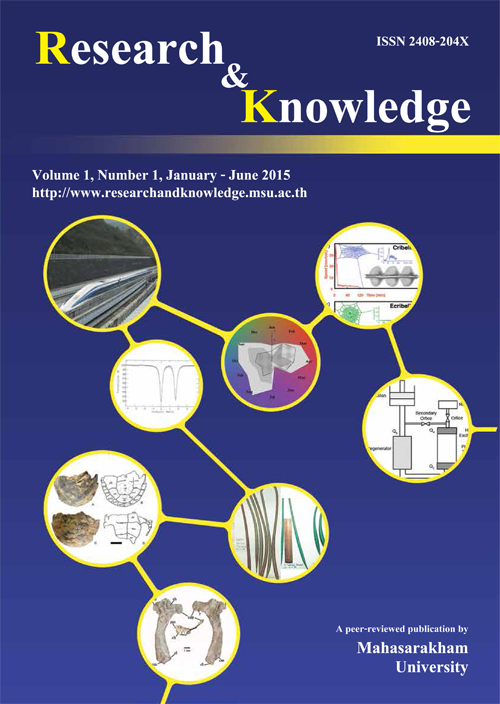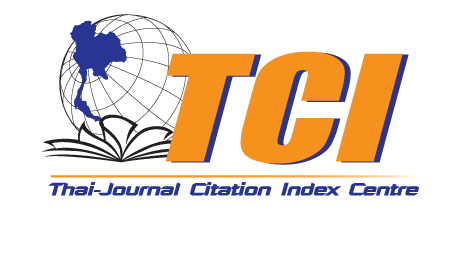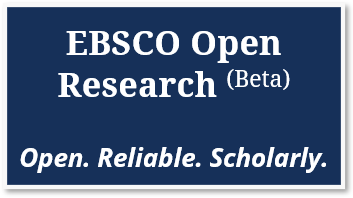First fossil turtle from Hainan Island, China
Keywords:
Mauremys sinensis, Geoemydidae, cave deposits, Middle Pleistocene, Hainan IslandAbstract
Although Hainan Island is one of the richest regions for living turtle species in China, no fossil turtle had hitherto been discovered there. In this paper we report on a partial turtle shell from the Middle Pleistocene of Xinchong Cave, Changjing, Hainan, which is the first fossil turtle from that island. The specimen is identified as belonging to an extant geoemydid, Mauremys sinensis. This discovery indicates that the species, as a component of the extant turtle fauna in Hainan, had already reached the island by the Middle Pleistocene.
References
Bien, M. N. 1937. On the turtle remains from the archaeological site of Anyang, Honan. Bulletin of the Geological Society of China 17(1), 121-133
Gaffney, E. S., and Meylan, P. A. 1988. A phylogeny of turtles. In: Benton, M. J. (Eds.), The phylogeny and classification of the tetrapods. Clarendon Press, Oxford, pp. 157-219 Hao, S. D., and Huang, W. P. 1998. Luobidong Cave Site. South Press, Haikou, pp. 1-64.
Lapparent de Broin, F., Bour, R., and Perälä, J. 2006. Morphological definition of Eurotestudo (Testudinidae, Chelonii): First part. Annales de Paléontologie 92, 255-304.
Li, Z., Li, C. R., and Wang, D. X. 2008. Paleolithic archaeology in Hainan Province. In: Dong, W. (Eds.), Proceedings of the Eleventh Annual Meeting of the Chinese Society of Vertebrate Paleontology. China Ocean Press, Beijing, pp. 167-172.
Ping, Z. 1930. Notes on the shell of a land tortoise from the ancient ruins of Anyang. Bulletin of the Fan Memorial Institute of Biology 1(13), 217-226
Shi, H. T., Zhao, E. M., Wang, L. J. and et al. 2011. Amphibians and reptiles from Hainan Island. Science Press, Beijing, pp. 285. Tao, X. Z. 1988. New fossil turtle, Ocadia sinensis changwui n. subsp. From Late Pleistocene, Taiwan Strait. Acta Zoologica Taiwanica 2, 229-240.
Turtle Taxonomy Working Group [van Dijk, P.P., Iverson, J.B., Shaffer, H.B., Bour, R., and Rhodin, A.G. J.]. 2012. Turtles of the world, 2012 update: annotated checklist of taxonomy, synonymy, distribution, and conservation status. In: Rhodin, A.G.J., Pritchard, P.C.H., van Dijk, P.P., Saumure, R.A., Buhlmann, K.A., Iverson, J.B., and Mittermeier, R.A. (Eds.). Conservation Biology of Freshwater Turtles and Tortoises: A Compilation Project of the IUCN/SSC Tortoise and Freshwater Turtle Specialist Group. Chelonian Research Monographs No. 5, pp. 000.243–000.328.
Zhang, M. W., Zong, Y., and Ma, J. F. 1998. General accounts of Reptilia Testudoformes and Crocodili - formes, Fauna Sinica, Reptilia Vol. 1. Science Press, Beijing, pp. 191.
Yan, J. A. 2006. Paleontology and ecologic environmental evolution of the Quaternary in Hainan Island. Journal of Palaeogeography 8, 103-115.
Yeh, H. K. 1963. Fossil turtles of China. Palaeontologia Sinica 150, New Series C. Science Press, Beijing, pp. 25.
Downloads
Published
How to Cite
Issue
Section
License

This work is licensed under a Creative Commons Attribution-NoDerivatives 4.0 International License.







